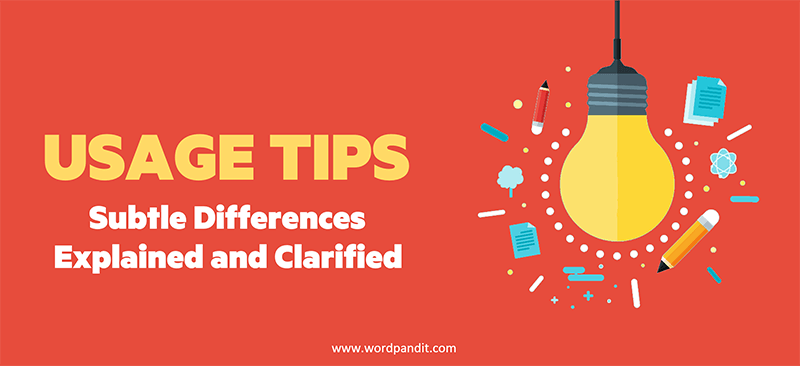Eave vs. Eve: Clearing Up the Confusion 🌟
Ever wondered if the words “eave” and “eve” have anything in common besides their similar sound? 🤔 Well, you’re not alone. These words often get mixed up because they sound so alike, yet their meanings couldn’t be more different. Knowing the distinction between “eave” and “eve” can save you from making some amusing (or confusing) mistakes — like mistaking a roof for a festive occasion! 🎉 Let’s dive in and clear it up. 🏊♂️
Eave: Pronounced ‘eev’ 🏠
Definition: “Eave” refers to the lower part of a roof that projects beyond the walls of a building. In other words, it’s that overhanging bit that shields your porch or windows from rain. 🌧️ It’s like the umbrella for your house, keeping the elements away and protecting the walls from rain and direct sunlight.
Pronunciation: “Eave” is pronounced like “eev” — it’s the same as “eve,” but it relates to architecture. This similarity in pronunciation often adds to the confusion, but understanding their different contexts makes a world of difference.
Etymology: The word “eave” has roots in Old English efes, which refers to the edge or border of something, like the way the roof extends beyond the walls of a house. It evolved over time to become a vital part of architectural design, ensuring proper drainage and protection from weather.
Usage Examples:
- The cat decided to nap under the eave of the shed to stay dry. 🐈
- Birds often build their nests under the eaves of houses to stay sheltered from predators and harsh weather. 🐦
Synonyms: Overhang, ledge, canopy.
Antonyms: Interior, foundation, core.
Eve: Pronounced ‘eev’ 🌌
Definition: “Eve” is used to describe the day or period of time just before a significant event, such as a holiday or a special occasion. 🎄 We all know the “Christmas Eve” feeling, right? That’s an “eve”—a time of anticipation. ⏳ It’s the calm before the excitement, the night when preparations are being finalized, and anticipation is in the air.
Pronunciation: “Eve” is also pronounced “eev” — easy enough, right? However, the context of usage is what makes it distinct from “eave.” Think of celebrations, countdowns, and all the excitement that happens just before something big.
Etymology: The term “eve” comes from the Old English æfen, meaning “evening.” 🌙 Over time, it evolved to refer to the night or day before an important event. It emphasizes the transition period, the buildup of excitement or preparation for what’s to come.
Usage Examples:
- On the eve of her birthday, she was too excited to sleep. 🎂
- The eve of the new year is always full of resolutions, reflections, and celebrations. 🕛
Synonyms: Preceding night, vigil, prelude.
Antonyms: Morning, aftermath, conclusion.
Eave vs. Eve: The Difference ⚖️
The main difference between these two words lies in their meanings. “Eave” relates to a building structure, while “eve” deals with time and anticipation. A simple way to remember this is:
- Eave covers houses. 🏡 It’s part of the physical structure that protects and shelters.
- Eve covers holidays. 🎉 It’s part of the timeline, marking the moments before something significant.
The context is key here—one is architectural, and the other is temporal. Just think of eaves as the shelter over your head and eve as the moment before you celebrate! 🎊
Contextual Usage: Eave and Eve Together ✨
Here’s a sentence that uses both words correctly:
“On the eve of the storm, they made sure to clear out the gutters under the eave of the roof.” 🌧️🏠
In this sentence, “eve” talks about the day before the storm, while “eave” refers to the roof part where water drains. The combination of both words here gives a clear picture of preparation just before a significant event.
Another example:
“The family gathered under the eave on the eve of the big celebration, enjoying the cool breeze before the festivities began.” 🌌🏠
This sentence shows how both words can be used in harmony to describe both time and place.
Mnemonic Device 💡
Think of “eave” as the “edge” of the roof. Both words start with “e.” For “eve,” imagine a festive evening—it’s always a time to look forward to. 🎊 To make it stick even better, remember that eave ends with a “v” that looks like an arrow pointing down—just like the part of the roof that points down and extends. For eve, think of the countdown excitement, like New Year’s Eve, leading up to the big event. 🎆
Related Word Pairs 🔄
If you enjoyed unraveling the difference between “eave” and “eve,” you might also want to explore other commonly confused pairs like “affect vs. effect” or “further vs. farther.” 🧠 Another interesting pair is “advice vs. advise,” which often trips people up. The more you dive into these pairs, the more confident you become in using them correctly.
Conclusion 🎯
Now you know that “eave” is part of a roof, while “eve” is the day or evening before an important event. Mastering these word pairs will make your writing clearer and help you avoid common slip-ups. Plus, it’s always fun to know a bit more about the words we use every day, isn’t it? 😊 Whether it’s understanding the architectural elements that keep your home safe or the moments of anticipation before a big celebration, these distinctions make language richer and more meaningful.
Keep practicing, and soon you’ll be an expert at distinguishing between even the trickiest of words. Language is all about nuance, and learning these differences is a great way to sharpen your skills! ✨📖











